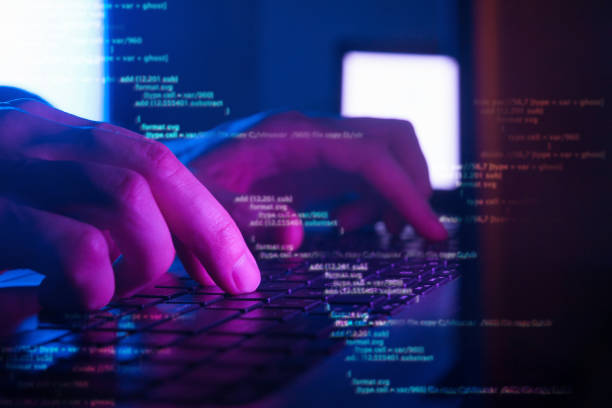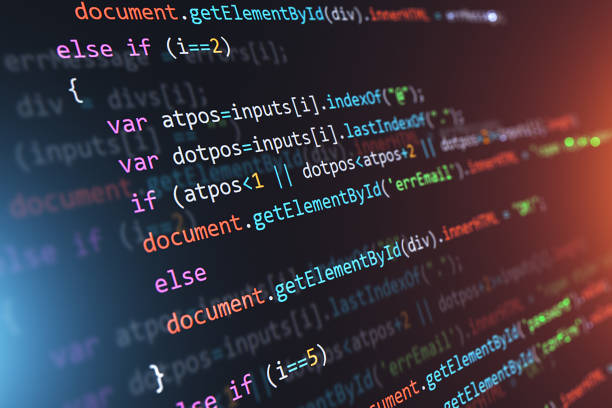Cryptography

We often want to talk to our friends without anyone knowing the contents of the message. For that, a code would be needed which in turn requires cryptography. Cryptography is the science of encrypting messages and decoding them. It is used in many different fields; for example, during war, messages from the enemy side can carry important information that can prove very useful if decrypted. Cryptography can also maintain privacy while communicating with people online.
A crucial topic in cryptography is probability because of its ability to see all the possibilities and the chances that someone could decrypt your code. For example, in a basket of 2 red marbles and 8 blue marbles, we looked at the chances that each color was picked. The smaller your probability is, the less chance a person could decrypt your code. So one goal of cryptography is to reduce the probability of decryption of the code you are making. Probability can also help with actually decoding; for instance, the chances that words such as “the” or “and” are likely to appear in an encrypted English message.

As we further explored the math of cryptography, we learned about secret sharing. This is a way to create pieces or shares from a secret value. We learned how to find a secret value using the shares through certain algorithms. Furthermore, we discovered how to make secret sharing schemes involving polynomials.
One example of a secret-sharing scheme is the additive method. The first algorithm called Share has an input of a secret value defined as s. Integer x is randomly chosen. s1 is then assigned an integer from 0 to 2^x-1. s2 is assigned the difference between s and s1 modulus 2^x, which keeps s2 positive. Then s1 and s2 are returned by the Share algorithm and can be input in the Rec function. The Rec algorithm then returns the original secret value s by reversing the Share method.
We spent time researching and writing a podcast about Ann Caracristi, a remarkable mathematician who helped change US history. We learned about her work for the war effort in WW2 as well as her accomplishments as a woman in a time when women didn’t have many opportunities. She and a group of other women used cryptography to help crack codes in order to help the war effort from the home front. She was someone who didn’t water down her personality or femininity. She was a remarkable person as well as an inspiration.
During camp, we faced many ups and downs, from figuring out how to make a podcast to figuring out how probability works. The first challenge we came across was the packet, 25 pages of the mathematics of cryptography, and as a group we worked together to gain an understanding of the packet. Next, we began to work on our podcast about Ann Caracristi; we ran into some creative as well as execution challenges. But, we again worked together to accomplish and execute our goal.
In conclusion, we enjoyed our time learning about cryptography and the topics that came with it. We learned about probability, secret sharing, and a really amazing and important person, Ann Caracristi, who used cryptography to do amazing and helpful things while she was one of the Code Breakers during WW2.